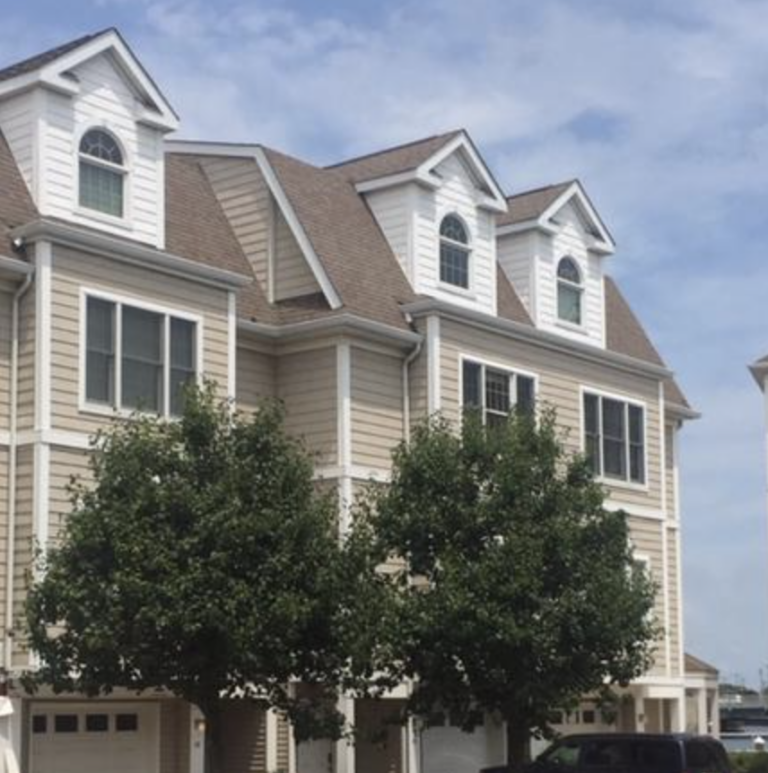By Christopher D. Ling | May 2024

Introduction
In the world of architecture, the pursuit of excellence in design, functionality, and safety has been a long-standing tradition. Architects are the masterminds behind some of the most iconic and innovative structures that shape our cities. Yet, this creative and complex profession is bound by a critical element known as the “Architect’s Standard of Care.” This fundamental concept will be explained here.
Defining the Architect’s Standard of Care
The Architect’s Standard of Care is a legally recognized duty that architects owe to their clients, the public, and other stakeholders. It is a bedrock principle that ensures that architects provide their professional services with competence, skill, and diligence, upholding industry standards.
The courts generally consider the standard of care as the degree of care that a prudent and reasonable architect would exercise under similar circumstances. The American Institute of Architects (AIA) incorporates a comparable definition in their form contract: “The architect shall perform its services consistent with the professional skill and care ordinarily provided by architects practicing in the same or similar locality under the same or similar circumstances.”
This means that the standard of care is not solely determined by a single Architect’s personal opinion of what one might have done differently when judging another architect. Instead, the standard of care is established by what the majority of architects would do in a similar situation and geographic location.
It is important to emphasize that the standard of care does not equate to perfection. In fact, an old and significant legal case regarding the architect’s standard of care highlighted that “an error of judgment is not necessarily evidence of a want of skill or care, for mistakes and miscalculations are incident to all the business of life.”
The standard is not arbitrary; it is the result of years of experience and a deep understanding of architectural responsibilities. I have carefully studied the standard of care in my work as a forensic architect and in the construction industry. Here are some key points that figure into the standard of care.
Responsibilities of an Architect
Understanding the Project: The architect’s role begins with a thorough understanding of the client’s needs and project requirements. A clear grasp of the project’s objectives is essential for designing spaces that not only meets expectations but also adheres to relevant codes and regulations.
Design Excellence: Architects are expected to produce designs that are creative, functional, and safe. The artistic aspect of architecture is tempered by the practical consideration of function, costs, structural integrity, accessibility, and sustainability.
Legal and Ethical Compliance: Architects must adhere to the laws, codes, and regulations governing their profession. This includes ensuring that the project complies with local building codes, zoning ordinances, and environmental regulations. Further, Architects should consider industry standards, local building practices, manufacturer installation requirements as well as their contract while completing their designs.
Coordination and Communication: Collaboration is a cornerstone of architectural practice. Architects are responsible for coordinating with various stakeholders, including engineers, contractors, and clients. Sound leadership and effective communication ensures that the project progresses smoothly and according to plan.
Reviews and Observations: During Construction, the architect reviews contractor payments, applications, submittals, shop drawings, and invoice percentages, based upon the schedule of values. Contractor payment reviews typically occur once a month, and they aim to ensure that the work has progressed as indicated in the contract documents.
The Consequences of Failing to Meet the Standard
When an architect fails to meet the Architect’s Standard of Care, it can have significant consequences. These consequences may include legal liability, financial penalties, professional discipline, and harm to the public or the project itself. In cases where an architectural failure results in harm or financial loss, forensic architects such as myself are called upon to investigate and provide expert testimony in legal proceedings.
Why the Architect’s Standard of Care Matters
The Architect’s Standard of Care is not just a legal obligation; it is the cornerstone of trust between architects and their clients. This standard ensures that architects prioritize the safety and well-being of the public and that they uphold and advance the public trust regarding the built environment.
Additionally, the Architect’s Standard of Care instills confidence in clients, knowing that they are investing in a professional who will take their vision and transform it into a reality that aligns with architectural standards.
Conclusion
The Architect’s Standard of Care is a vital element in the practice of architecture, fostering trust and accountability in the profession. Architects with extensive experience, such as myself, understand that upholding this standard is not just a legal obligation but a moral and ethical responsibility. As architects, we are committed to transforming our clients’ dreams into tangible structures that endure, and it is through the Architect’s Standard of Care that we achieve this noble goal. It serves as the compass guiding us through the complex world of architecture, ensuring that we continue to design and build spaces that stand the test of time and inspire generations to come.
Christopher D. Ling, AIA, NCARB, PP, LEED AP, is a seasoned construction expert with over three decades of experience. As a Registered Architect and Professional Planner, he has authored reports for 1000+ construction cases, totaling $2 billion. Founder of ARCHforensic® LLC, Ling specializes in resolving litigation claims through meticulous investigation and expert testimony.






